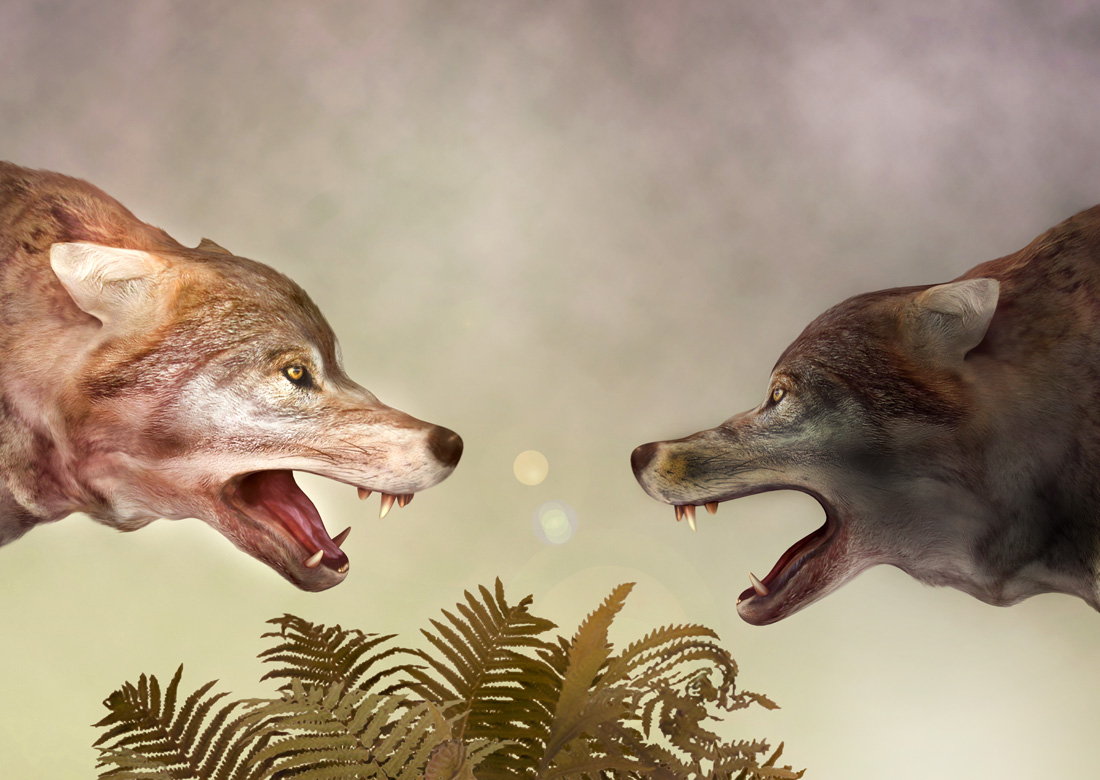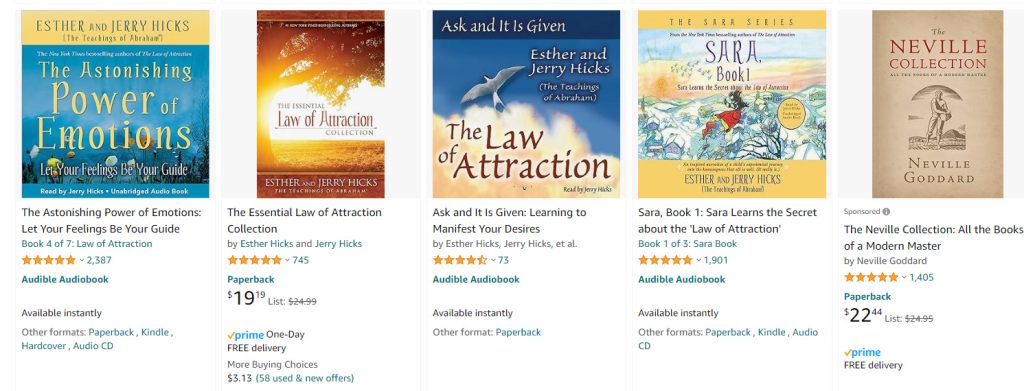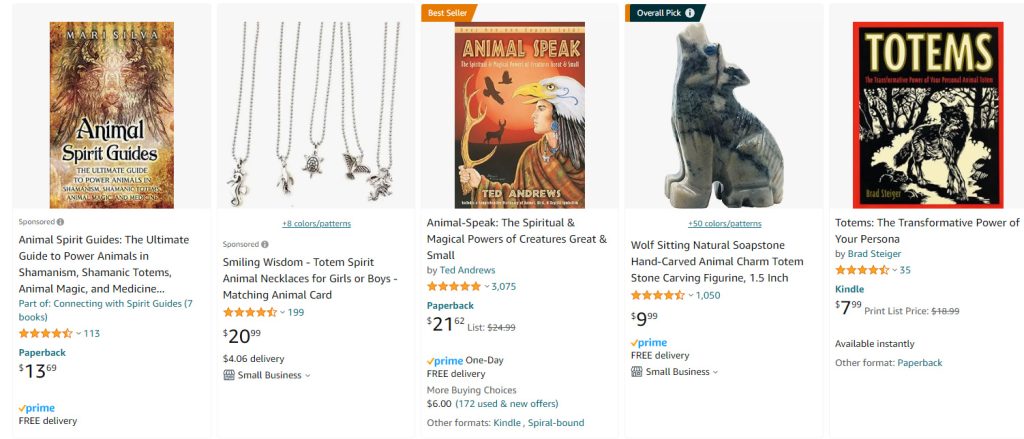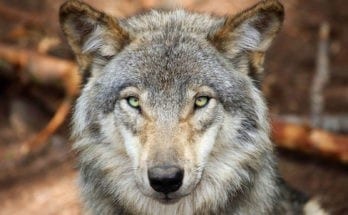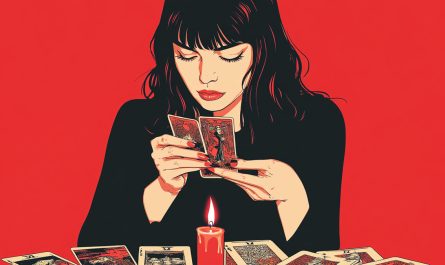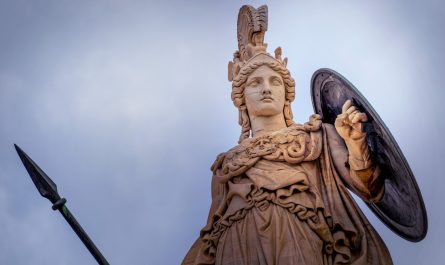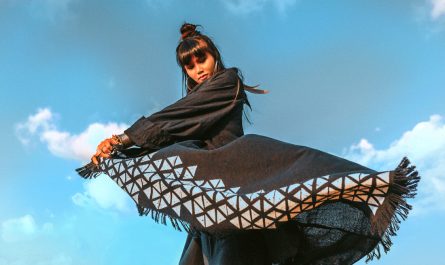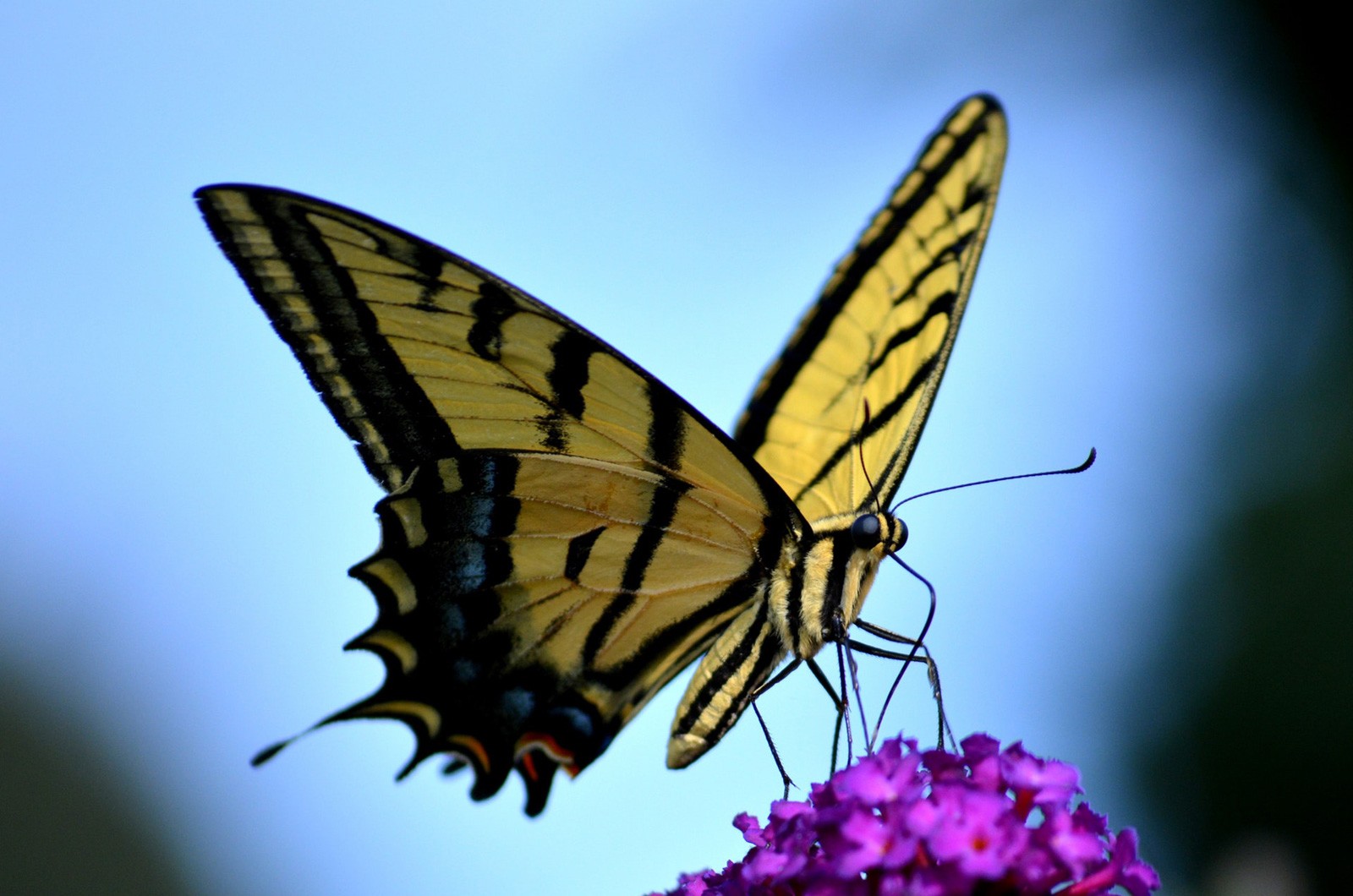Last Updated on July 23, 2021 by Avia
The Tale of Two Wolves:
Lessons in Focus & Attention
We are What we Feed
I had a mentor in my formidable years. Her name was Ruth. She taught me titanic lessons about life, the old ways, Nature, and more. She passed away in 1999, but she is still influencing my life. Just last week, Ruth spoke up in my awareness and reminded me about the tale of two wolves. It’s told in many different ways in different cultures, but all renditions of the story of the two wolves share valuable lessons such as the power of awareness, the necessity of conscious placement of attention, and finally…we become what we feed most within ourselves.
One summer, Ruth recounted this story of a mother and her daughter and their encounter with two wolves. She told me the story was from the home of her people in Poland, but I’ve since conducted research. The tale of two wolves claims origin from Cherokee Native Americans, but the story is also found in Russia, England, Germany, and other pre-industrial cultures. There are even similar versions in Christian sermons about a tale of two wolves (or dogs) within each of us, always fighting for control or attention.
Whether you subscribe to the origin of this story from the Native Cherokee, or the East German folk tale…the crux and the tale’s moral stays true and relevant. Here is how my friend Ruth told the tale of two wolves to me (Polish version). So without further ado, this is the tale of two wolves and how they changed a young woman’s life.
The Tale of Two Wolves (the Polish Version)
Once upon a time a mother, Zofia and her daughter, Ewa went into the great woods to gather berries and hunt for rabbits. The days had grown shorter and colder. Zofia could see a billowy cloud of steam from Ewa’s mouth as she let out a heavy sigh in the crisp air.
It was not like Ewa to brood, so Zofia asked, “Ewa, what casts a shadow upon you? You are deep in thought, tell me what is troubling you.“
Ewa bent to pick a few berries. After she put one in her mouth and a handful in her basket, she looked to her mother, revealing a small tear in the corner of her eye and spoke, “Mother, I am torn between the two boys who have asked your permission to marry me.”

About Ewa and Her Two Suitors
Zofia knew of the two boys, of course, because they had indeed come to her last summer with offerings, both pleading to have Ewa as their wife.
It was not surprising. Zofia’s daughter was the best of many realms. She had the strength and wisdom of her father and learned the art of tracking, hunting, fishing and survival from him. She had talents, charm and cunning from her mother and was skilled at gardening, sewing, cooking, and keeping a proper home.
And then there was Ewa’s beauty, which was unmatched in her village. Her eyes were as deeply green as forest pines and imbued with keen intelligence. Her hair was as black and shiny as an onyx pebble made smooth by restless rivers, and her skin was white and soft as a mid-winter cloud.
Zofia and her late husband, Jakob, raised Ewa to be strong and independent because life was unsure, the world unsteady and they recognized the need for self-reliance for survival. While Zofia and Jakob reared her wisely and well, Ewa was her own unique soul, and had the luxury of freely expressing her wild, wise ways from birth.
Thinking upon her daughter’s many attributes, Zofia refocused on Ewa’s dilemma of choosing between two suitors. Both boys had potential as fine husbands. Piotr was kind, stable, and patient, working as a farmer plowing the fields on his family’s land. Oskar was assertive, intelligent, bold, and motivated as a wealthy blacksmith. Clearly, both young men were complete opposites.
While most villagers were marrying off their daughters to the wealthiest suitors (regardless of compatibility), this wasn’t a factor in Ewa’s decision-making process because Ewa was clever, and could make a grain of wheat last a weeks’ time. In truth, Ewa didn’t have to marry at all. Even though it was tradition, Ewa had subtle advantages most young girls in the village did not.
What tugged on Zofia’s mind (and probably Ewa’s too) was aligning with someone for the rest of Ewa’s life, and the daunting prospect of choosing the right man. The young men had been rivaling each other for Ewa’s affections for quite some time. Oskar frequently attempted to provoke Piotr and the two were often found quarreling in the village. They were becoming more impatient to receive an answer from Zofia and her daughter about which man will earn the honor of marrying Ewa.
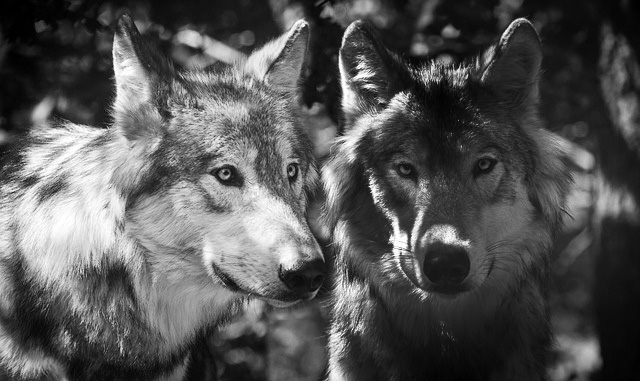
The Encounter: The Two Wolves in the Forest
Zofia and Ewa walked more deeply into the great forest while pondering these thoughts. As they reached a clearing, they came upon a pack of wolves eviscerating a freshly killed elk. They stood motionless, watching in silence, observing the wolves.
They noticed two leaders in the pack, taking charge of the kill and fighting for the prime parts. One wolf was dark, with fur the color of wet pine bark. The other was light-colored, its pelt the color of fresh cow’s milk.
The melee of wolves was a hair raising sight, conjuring many thoughts and feelings within the women.
Softly, Zofia whispered to her daughter, “Ewa, this is a sign for you. What do you sense?“
“How do you mean, mother?” Ewa asked.
Zofia responded, “See how the two wolves fight for control over the elk. These wolves are here to give you a message about the conflict within you. Observe how they hunger not just from the meat, but also for status among the other wolves of the pack. Watch the different approach each wolf takes to become the champion of the elk and the clan.”
Ewa did as her mother advised, fixing all her attention on the wolves. She could see how the dark wolf was frenzied with power, ravenous with the urge for total control. Then Ewa observed the light-colored wolf. It was equally feverish with the kill, but it was not as aggressive. It made room for other wolves to partake in the elk and it danced around the dominant wolf instead of attacking.
“Mother, are these wolves Piotr and Oskar? Are they showing me which man is a better choice for marriage?” Ewa asked.
Through closed eyes, Zofia answered with a whispered tone, “If that is what your heart sees, then the answer is yes. But can you see deeper?“
Ewa returned her focus to the scene of the wolves. She looked with her heart instead of her eyes.
Ewa spoke to her mother saying, “I understand. I am the elk. Piotr and Oskar are fighting over me. I have no control. I am a sacrifice to their needs and their will.“
Zofia’s eyes were still closed, she sighed heavily and said, “How you identify with the elk speaks to how you feel about marriage. If you perceive yourself as the sacrificial elk, you will become a selfless, dutiful wife…submitting to the needs and will of your husband, regardless of which boy you choose.“
Pondering this, Ewa responded, “But I do not want this for my life.”
After a long pause, Zofia responded, “Then look again, and recognize that you are all the animals in this scene before us. You are the dark wolf raging for control over your own life. You are the light wolf who wants position, but is also willing to give. You are also the sacrificial elk, a gift that eases the hunger in the lives of others.“
After saying this, Zofia opened her eyes and assessed her daughter. She saw confusion, then contemplation, and finally a sense of peace washed over Ewa’s brow.
Then Ewa spoke, “I am all of these. Piotr and Oskar are all of these too. We are all playing our part in the dance of life. This is helpful to understand, but how does this reveal my choice between my two suitors?“
Smiling, Ewa’s mother responded, “The objective is not in receiving the answer about choosing between Piotr and Oskar. Understanding you are all of these impulses and desires is the key. The answer lies in which role you choose to play.“
Zofia continued, saying, “Will you feed the white wolf who seeks peace and balance? Will you feed the dark wolf who seeks control and prominence? Or will feed into the role of the elk, laying down to do nothing and accept that next phase of life?
Acknowledge these potentials are within you, then choose the potential that honors who you are the most. Focus upon the outcome you desire for yourself, and feed it until all the other factors fade away.“
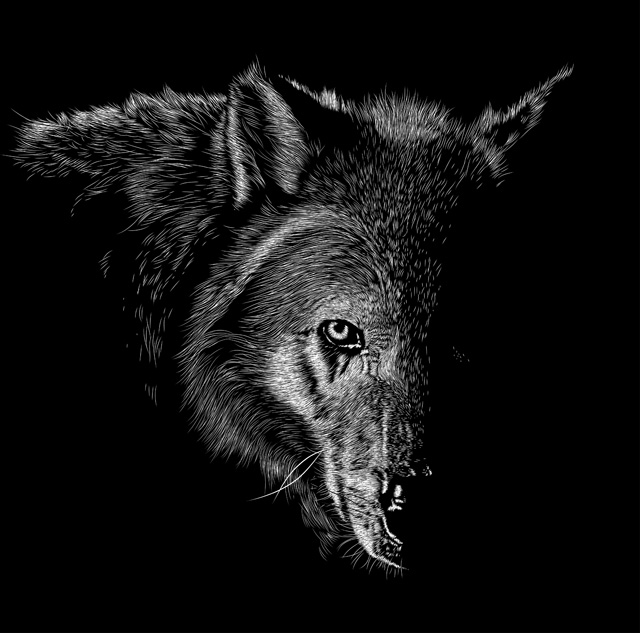
What Happened? Ewa’s Choice and Conclusion
Weeks passed and Ewa continued to dwell on her mother’s words. She recounted the roles played by the elk, and the two wolves.
She concluded that she was a trinity of these beasts and determined that she would follow the way of the white wolf, while honoring the dark wolf and the elk within her as well. She focused and fed the generous ways of the light wolf. She acknowledged the ferocity and power of the dark wolf and used it to her advantage when required. She also embraced the presence of the elk and its sacrifice and this tempered her willfulness when necessary.
In the end, Ewa did not marry Oskar or Piotr. Instead, she became a highly respected leader of her village. She combined her skills, intelligence and charitable nature to help heal her people and those in nearby villages. Word spread of Ewa’s generosity and talents throughout the land. This eventually gained the attention of a king who set out on a mission to meet Ewa. They eventually fell in love and went on to live happily ever after.
A Note About Variations in the Story
This Polish version provided by my firend Ruth takes a pretty hefty departure from the traditional renditions of the tale of two wolves. The more common telling of the story features male figures, typically a father or grandfather and his son or grandson.
The father figure tells the young boy how there are always two wolves (or dogs, depending upon the version or origin of the story) battling within the boys’ conscience. These wolves are often described as a black wolf and a white wolf. The dark wolf is portrayed as evil, dark, selfish, and ruthless. The white wolf is described as generous, kind, and compassionate.
The father figure in the story went on to explain to his son that these wolves are at constant war within the heart of all men.
When the son asks, “Which wolf will win the battle?” The father replies “The one that is fed the most.”
The take-away in the traditional version is this: That which you pay more attention to will manifest. Feed the darkness within, that will win and we shall become the mindless, ravenous, greedy, raging wolf. Alternatively, if we feed the light wolf, we take on qualities of altruism, love, hope, peace, etc.
Thoughts About This Version Tale of Two Wolves and the Elk
The moral of my (err, well, Ruth’s Polish ancestors’) version of the story is similar, but it takes a few noteworthy side roads in the telling of the tale. Most notably, I appreciate how the tale is told from a female perspective.
Perhaps this was a tactic used to empower women to deftly make better choices in subtle, intelligent ways in a mostly male-dominant era (I’m not sure when the story was written, but I’m pretty sure it was a time & setting in which men were viewed more superior to women).
I also appreciate the “big picture” approach to the version I shared with you. It encourages the reader to view all of the characters in the scene (both wolves and the elk) as emotional & mental aspects of themselves. This implies big wisdom such as…
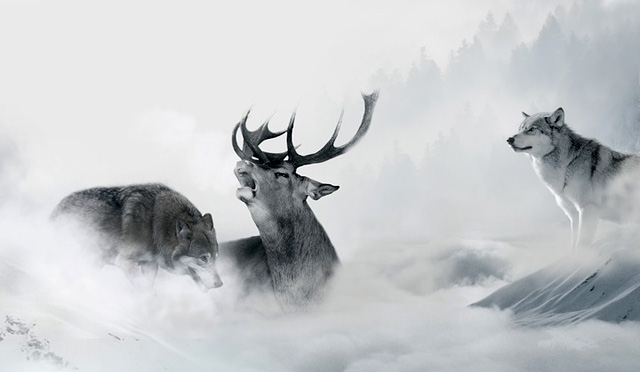
Suggested Symbolism: The Wolf and Elk Meaning in the Story
Dark Wolf: The option to focus on needful things, possession, control, authority, status. We can feed the ego and thus become drunk on power and prestige. However, this is a side of the ego that is necessary. It assists us when we need to be assertive or stand up and fight for our placement. Left unchecked it can become wild, mindless, and feral.
Light Wolf: The choice to focus on kinder, gentler aspects of ourselves such as patience, kindness, compassion. These characteristics are subtle (not ego-driven) and typically require a balance…like doing a dance as the white wolf did…it takes awareness and intelligence to take the high road.
Elk: Lastly, we all have the option to bail out completely. We can play the helpless card, lie down, and take no action at all. Thus, becoming a source of life. However, wielded incorrectly, this sacrificial action could become an unwelcomed shadow and feed the feeling of having no control over situations or our lives.
All of these characters offer morals and lessons to the story that are punched with the duplicity of choice. Ergo, each personality represented is asking “Is it this way? Or is it that way?” I think that’s the core of it all…making choices that are balanced and embodying all the factors germane to fulfilling a deeply lived life.
Ruth’s version of the story challenges the reader to accept that all of these behaviors are within each of us.
The character assets (or flaws) we feed the most ultimately lead to who we are, who we become, and how others see us.

Take Away Thoughts About the Story
So what’s the big take-away in this rendition of the tale of two wolves? Well, the story (in any version) is rife with meaning and morals. However, my interest is particularly piqued by the ending of Ewa’s tale.
Aside from the predictable, traditional, “they all lived happily ever after” ending…there is a nugget of golden wisdom tucked into the outcome of the tale. How so? The wisdom is found in Ewa’s choice to not make a choice (between the two suitors). She did not force herself to commit to marrying Piotr or Oskar. Instead, she chose her own path which leads her to a totally different set of opportunities further down her life’s trajectory.
Isn’t that potentially true for all of us? Sometimes the power lies in no choice. Taking time to honor ourselves before making life-changing decisions is often where the real potential lies. Here are a few tie-in statements that underscore what I mean by “the power reside in not choosing”…
- Refusing to succumb to pressure from others
- Stilling ourselves and being mindful of unseen potential or subtle wisdom
- Having awareness, trusting ourselves, and heeding divine guidance
- Following intuition and making choices that honor who we are
- Resisting action and keeping faith that all will be revealed in time
- Staying focused on the outcomes (visions) we want for ourselves
- Feeding the positive qualities we want in ourselves and in our environment
I have to think that by consciously making these choices, Ewa manifested circumstances in her life that lead her to far better outcomes than if she had made other choices.
By following her intuition and honoring herself, she found love and became a valued leader in her community and beyond. It all goes to show that we may not know the pattern of the future, but if we stick to our assets, the future often unfolds in ways that mimics our measurable actions of self-respect.
Thoughts About the Names in the Tale of Two Wolves
Much like Zofia, the mother in the story, Ruth taught me to observe every nook and cranny. She encouraged me to deeply ponder the meaning everything and apply spiritual reasoning to the matters at hand.
So, I couldn’t resist noticing the meaning of names in her version of the tale of two wolves. Maybe you might be interested too. Here are some observations about the names of characters for added intrigue (and symbolic fodder) to the story…
Ewa: Her name means “life” and is often translated to Eve. I love this for both its simplicity and complexity. Life has dualistic implications in that it encompasses everything, but it is also a thing we do to it (or how we live it)…as in, “life is this” and “this impacts life.” When it comes to life, Ewa is a shining example of how to live it and what to do with it.
Zofia: The mother’s name means “wisdom” and can be translated to Sophia. It’s a fitting name, as she is the dispensary of much guidance and wisdom in the story. Interestingly, there are references in sacred texts such as the bible that refer to Sophia as “wisdom from god” – or knowledge from a divine source. Symbolically, the mother speaking in the story might be the voice of the divine, infinite intelligence, great spirit (whatever one may label higher energy or higher power).
Piotr: Of the two suitors for Ewa’s hand in marriage, Piotr was the stable, patient farmer. His name means “rock” and is seen as translated to Peter. We could assume that he represented the light-hued wolf in the tale of two wolves. We might also deduce that, with a ‘rock-like’ personality, he was a stabilizing, grounding and balancing character in the story.
Oskar: The bold, assertive blacksmith in the story, Oskar was the suitor who was often seen provoking Piotr in the village trying to gain an advantage for Ewa’s affections. The name Oskar means “spear of the gods” and shows up as Oscar in other documentations. We could take this as an aggressive cue, or an egoic practice of spearing godlike personality associations (as in, “I’m the best” attitude) in the story. We could also associate the dark wolf with Oskar as it was constantly jockeying for position and maneuvering ways to gain attention for his strength and status. Nevertheless, it’s important to note the role Oskar plays in terms of his assertive presence in the story.
Jakob: We don’t know much about Jakob in this tale of two wolves…only that he was strong, skilled and he was no longer in the picture. The passage reads, “her late husband” so we can assume Jakob was deceased. That same paragraph describes how Zofia and Jakob raised Ewa to be self-sufficient. From that, I’d like to think that Jakob was a believer in empowering women to think for themselves. I really dig this, because the meaning of Jakob is “He who supplants” and is also known as Jacob. Symbolically, Jakob planted the seeds within Ewa that facilitated her to believe in herself, relying on her intuition, and make choices that fully aligned with who she was.
Closing Thoughts About the Tale of Two Wolves
The beautiful thing about stories passed down through the ages is that (if told correctly) the message is timeless and thought-provoking on many levels. The moral typically addresses challenges in life we all grapple with, and the message should be interpreted in various ways depending upon the listener (or reader).
I hope Ruth’s version of the tale (and my writing) of the tale of two wolves did this for you: Catapaulted you into different frames of mind and made you deeply ponder your options yielded by choices. I further hope this passes as the very best kind of story, in that it makes you think, inspires, and helps you draw conclusions that can be healing and advantageous for your life. As always, thanks for reading!
Mighty brightly,

© Copyrighted. All Rights Reserved.

